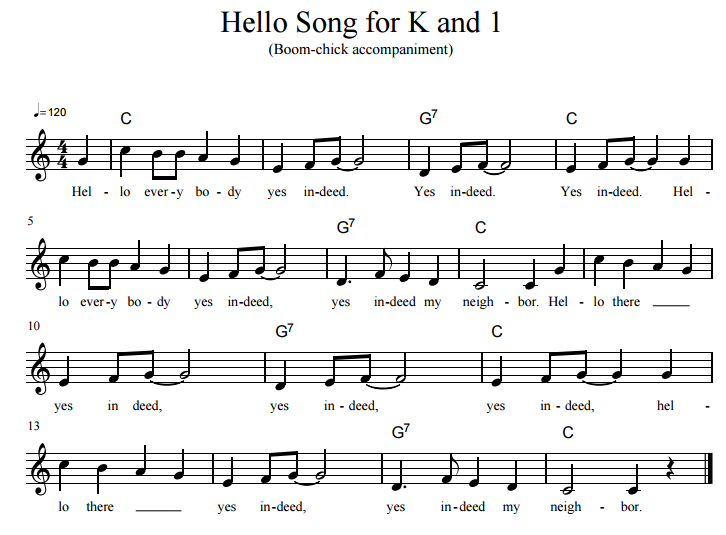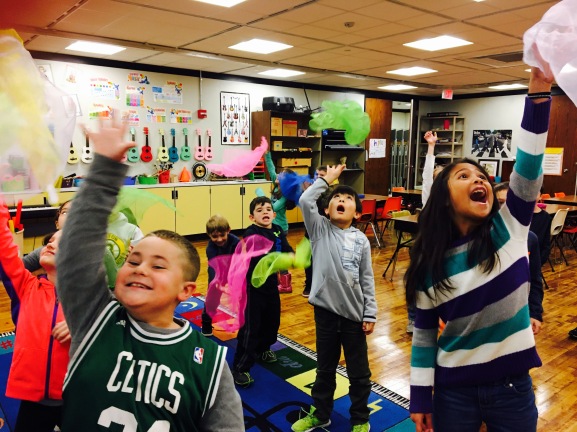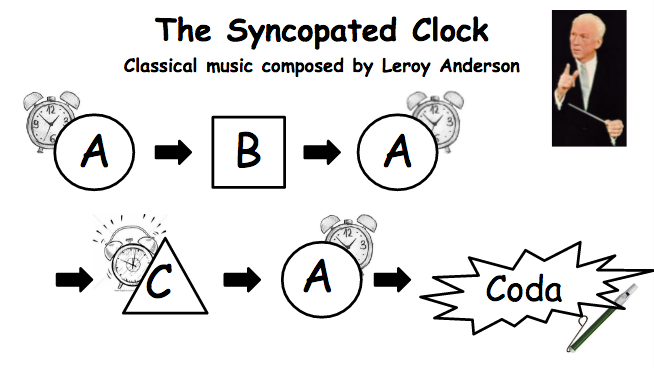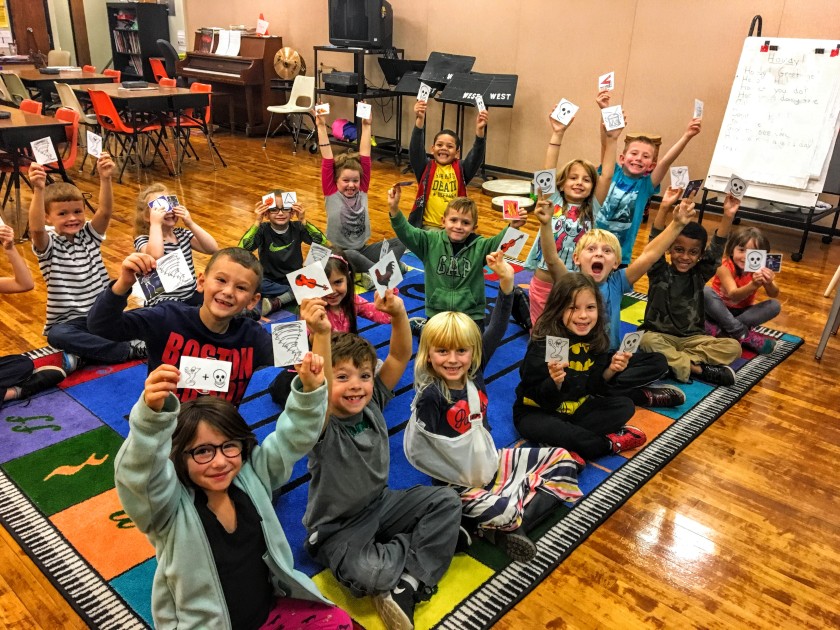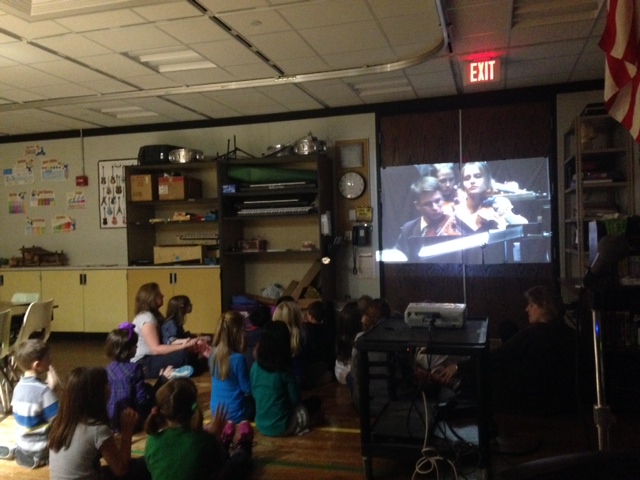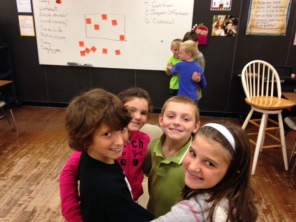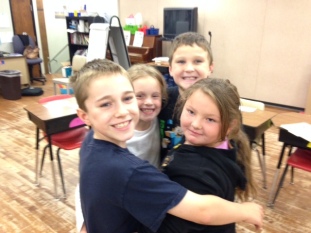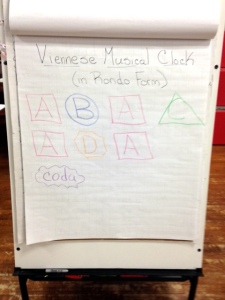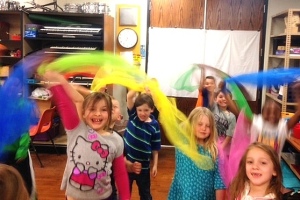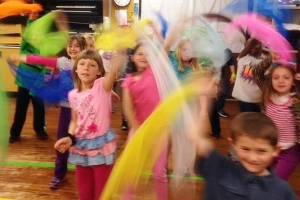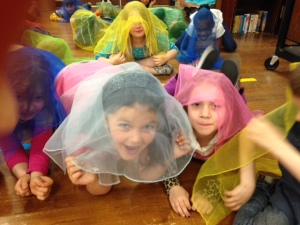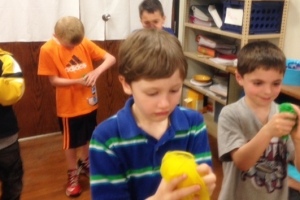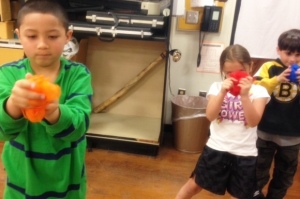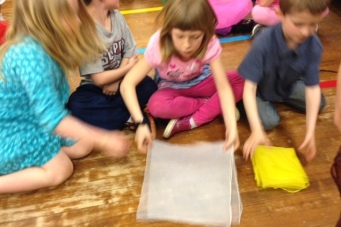Once in a while I do a blog post more aimed at a music teacher audience, and this is one of those posts. This is the hello song that I sing to start every music for kindergarten and first grade. I use the piano, but you could use a guitar too of course! We sing the first eight measures first to start out, and then we start singing to individual students. I don’t sing the same student’s name twice, for the sake of time, for example, I sing “Hello there Ian yes indeed, yes indeed, yes indeed, hello there Madi yes indeed, yes indeed my neighbor!” In the beginning of the year, I give everyone an assigned seat on the rug in three or four rows, and I start out with the name of the first kid in the first row, and go in order down the row, and then down the next row, and then down the next row. After the kids get to know each other’s names (and I get to know their names!) I start with different kids each time. We sing the first eight measures, and then I do a boom-chick accompaniment while I say “Today I am going to begin…. by singing hello…. tooooooo….” and then I choose someone! From there, we go down the row, then to the next row, and the last person is whoever is sitting before the person we started with. Hopefully that makes sense! At the very end, if it’s an odd number of students, we’ll sing “Hello everybody yes indeed, yes indeed my neighbor!” Then I will say “Can we sing hello to Mrs. Runnals?” And I let them all sing to me, singing my name twice. Then at the very end, I choose a student who I “noticed singing very nicely and sitting on their bottom” to come play the piano with me. The kids all love singing the song! Little ones love routines like this. Feel free to post comments if you have questions!
